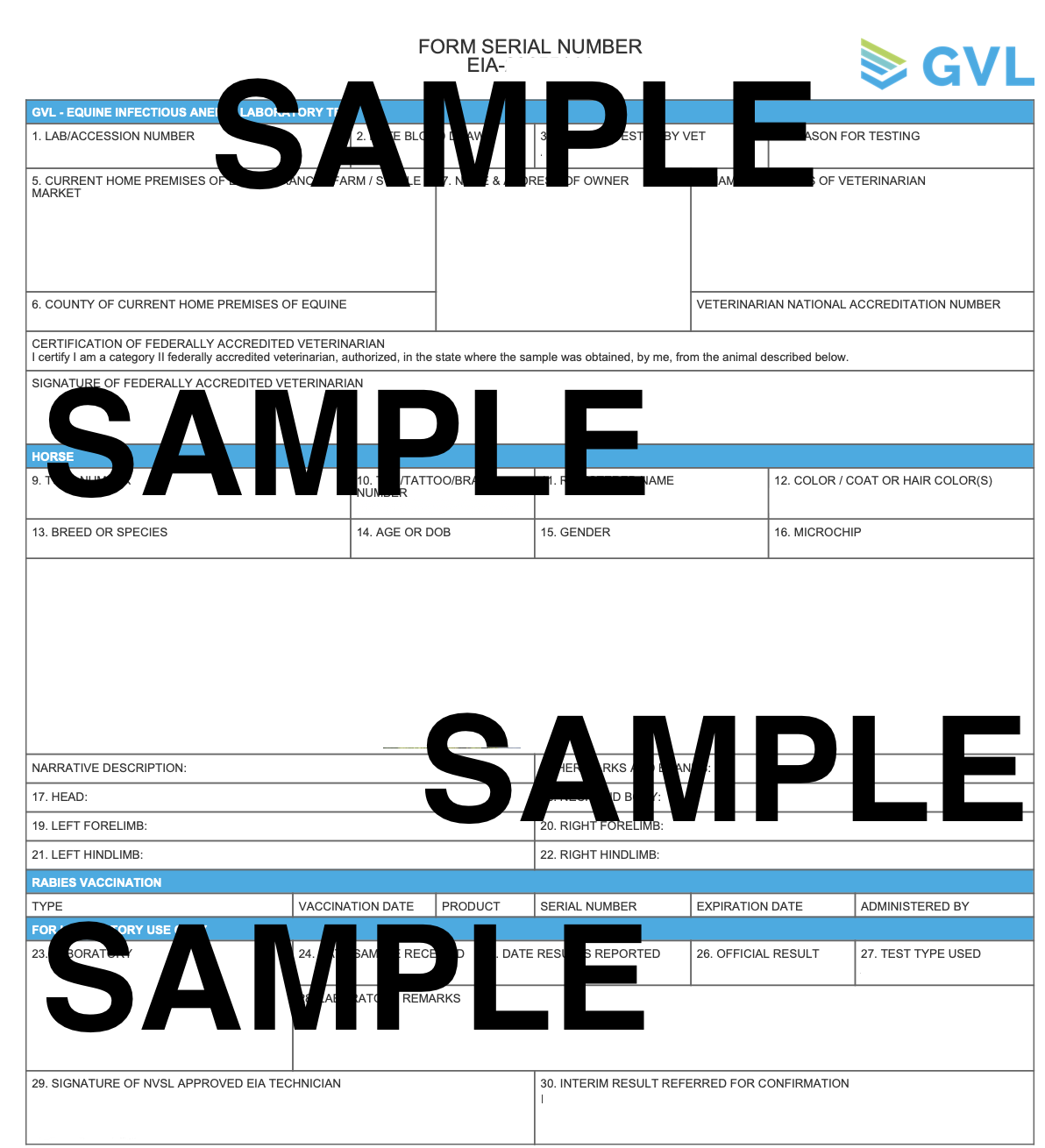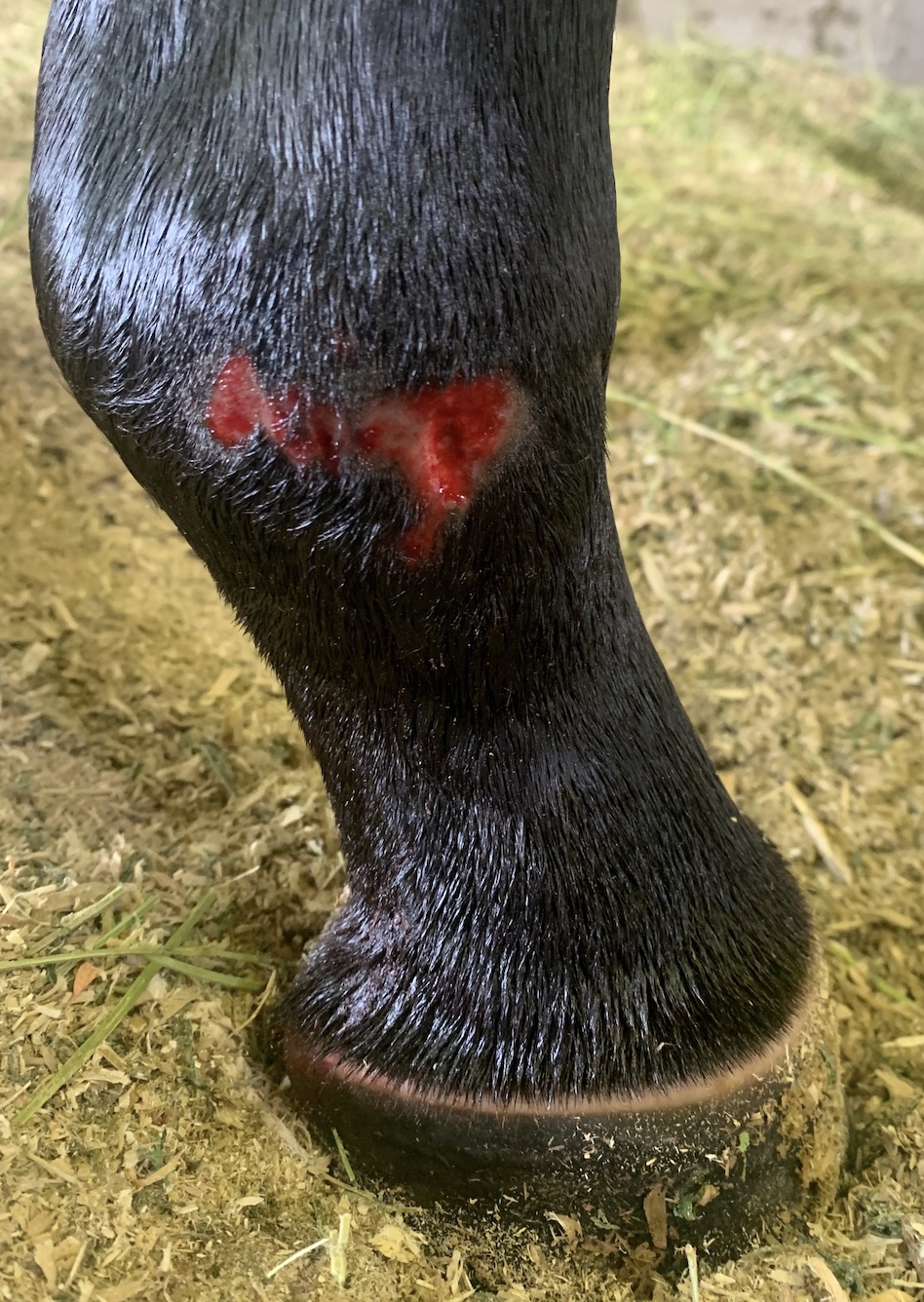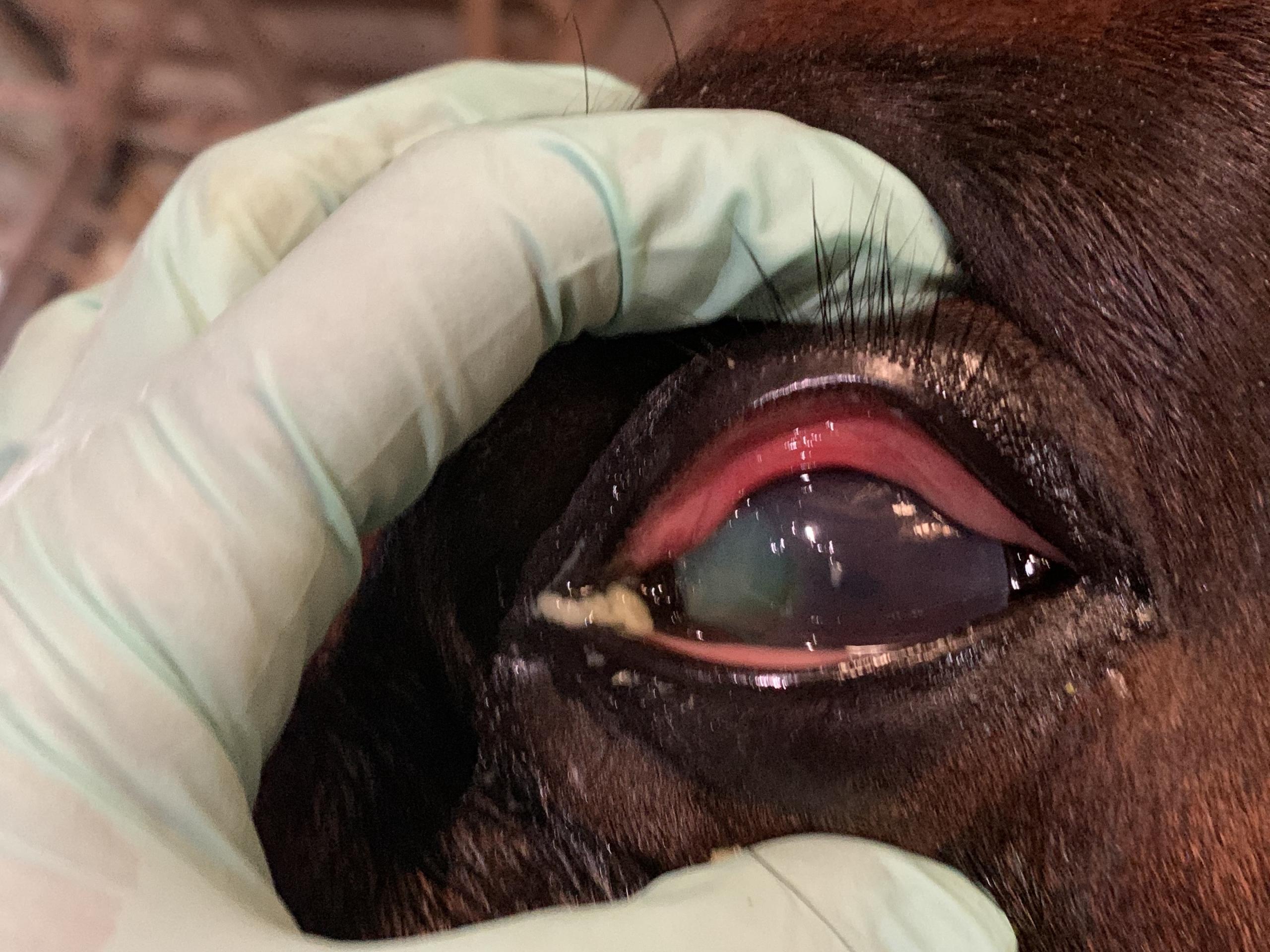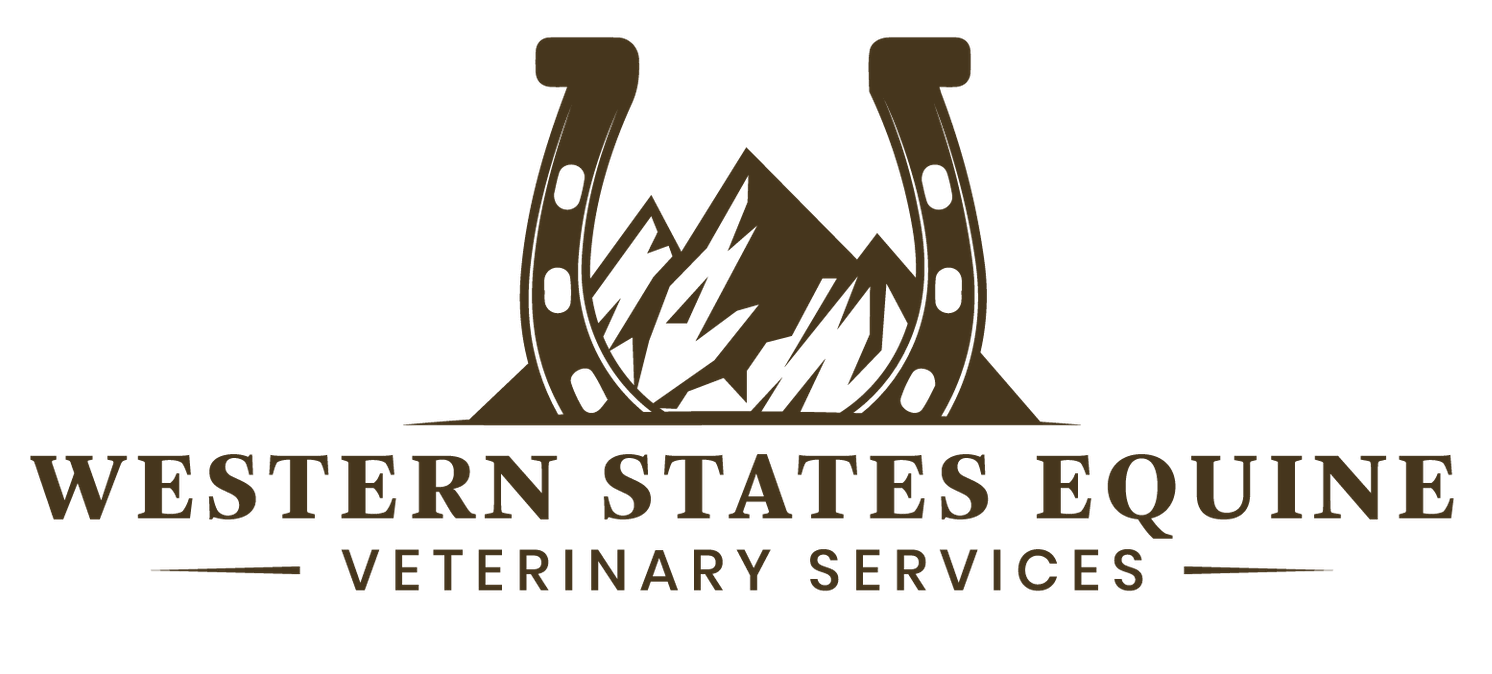Navigating when to call your veterinarian seems like it should be a simple process. Which it is... until it isn't! Knowing when to call your veterinarian can improve how quickly your horse gets better, save you financially, and keep your veterinarian willing and able to see emergencies!
Let's start off with the "easiest" category - routine appointments. Routine appointments are those that have a large window that they can be completed in. Think of things that should be done during a nondescript timeframe, like "spring" vaccines. Some people start their spring vaccines in January. Other people are still doing spring vaccines in June. The point being, these are things that should be taken care of, but absolutely can be done during regular business hours when your veterinarian has time to schedule them. Coggins and health certificates fall into this category. Let me repeat - coggins and health certificates are NEVER emergency or urgent appointments.  It is up to you - the owner - to know well in advance when your horse is shipping, what shows it is going to, etc., so that this can be arranged prior to the day it is needed. Additional services that fall into this category include vaccinations, deworming, routine dental procedures, castrations or other elective surgeries, sales radiographs, chronic issues (chronic lameness, chronic loose stools, etc.), and joint injections. Depending on the time of the year, your veterinarian may be able to provide these services same day or next day, however that should never be the expectation. During the busier times of the year, these should be scheduled with the knowledge your veterinarian may be booked up for weeks before being able to squeeze this in. Remember, lack of preparation on the owner's part will never constitute an emergency on the veterinarian's part.
It is up to you - the owner - to know well in advance when your horse is shipping, what shows it is going to, etc., so that this can be arranged prior to the day it is needed. Additional services that fall into this category include vaccinations, deworming, routine dental procedures, castrations or other elective surgeries, sales radiographs, chronic issues (chronic lameness, chronic loose stools, etc.), and joint injections. Depending on the time of the year, your veterinarian may be able to provide these services same day or next day, however that should never be the expectation. During the busier times of the year, these should be scheduled with the knowledge your veterinarian may be booked up for weeks before being able to squeeze this in. Remember, lack of preparation on the owner's part will never constitute an emergency on the veterinarian's part.
Next up, we have our "non-urgent" same-day appointments. I refer to these as my "urgent but not emergent" appointments. These are things that generally should be seen same day, but if your veterinarian is in the middle of another appointment, they may put it at the end of the day. So what falls into this category? Lacerations that are NOT over a joint should be seen the day it happens. Acute issues, such as acute respiratory changes or acute lameness, should also be seen the same day. Acute laminitis or founder cases would be an example of an acute lameness.  So would the acute lameness that can be seen with hoof abscesses or cellulitis ("big leg") cases. A normal neonate foal would fall into this category - your veterinarian will ask you questions about when the mare foaled, what time it stood & nursed, etc., that will help them put together a time-frame of when to work this into their schedule. If your horse stops eating or drinking but is otherwise acting okay, a same day appointment is warranted to investigate the issue.
So would the acute lameness that can be seen with hoof abscesses or cellulitis ("big leg") cases. A normal neonate foal would fall into this category - your veterinarian will ask you questions about when the mare foaled, what time it stood & nursed, etc., that will help them put together a time-frame of when to work this into their schedule. If your horse stops eating or drinking but is otherwise acting okay, a same day appointment is warranted to investigate the issue.
Finally, we have our true emergency appointments. These are the calls that when we receive them, we may have to reschedule those routine (or even the non-urgent) appointments as the horse needs to be seen immediately. Cases that fall into this category include colics, lacerations over a joint or tendon sheath (or within close proximity), chokes, toxicity ingestion (grain overload), dystocia, uncontrolled bleeding, respiratory distress where the airway may be compromised, severe lameness, and the down horse (being down and unable to rise).

There are some cases that fall into a gray area between the same-day and emergency appointments. Swollen or painful eyes and fevers are two examples. Depending on what the veterinarian feels when they discuss the case with you, they may place it into the same-day non-urgent category, or they may declare it a true emergency that needs seen immediately.
If you think your horse is having an emergency or one of those "urgent but not emergent" situations, please cal us at 303-656-9347 and if we do not answer, leave a voicemail. As we are sometimes in areas where we do not have service or have our hands in places where we cannot answer the phone (yes, think both ends of the animal), leaving a voicemail gives us a moment to get in a place where we can answer. For clients of Western States Equine, it is never appropriate to text or email with these situations (unless we have already been discussing the case that same day and asked you to text us). While we keep tabs on our email and text messages, they are low on the priority list and so your emergency may get missed if that is how you let us know you have one. After hours, it is always appropriate to call two, or even three, times in a row if an answer is not reached the first time. Our veterinarians may be on another call, or we may be asleep at 3am and it may take two calls for our brain to fully wake up to answer. In general, if we do not call you back within 30 minutes of your voicemail, it is likely because we are unable to assist. At that time, referral to an equine hospital (of which we have resources listed on our website) may be your next best option.
